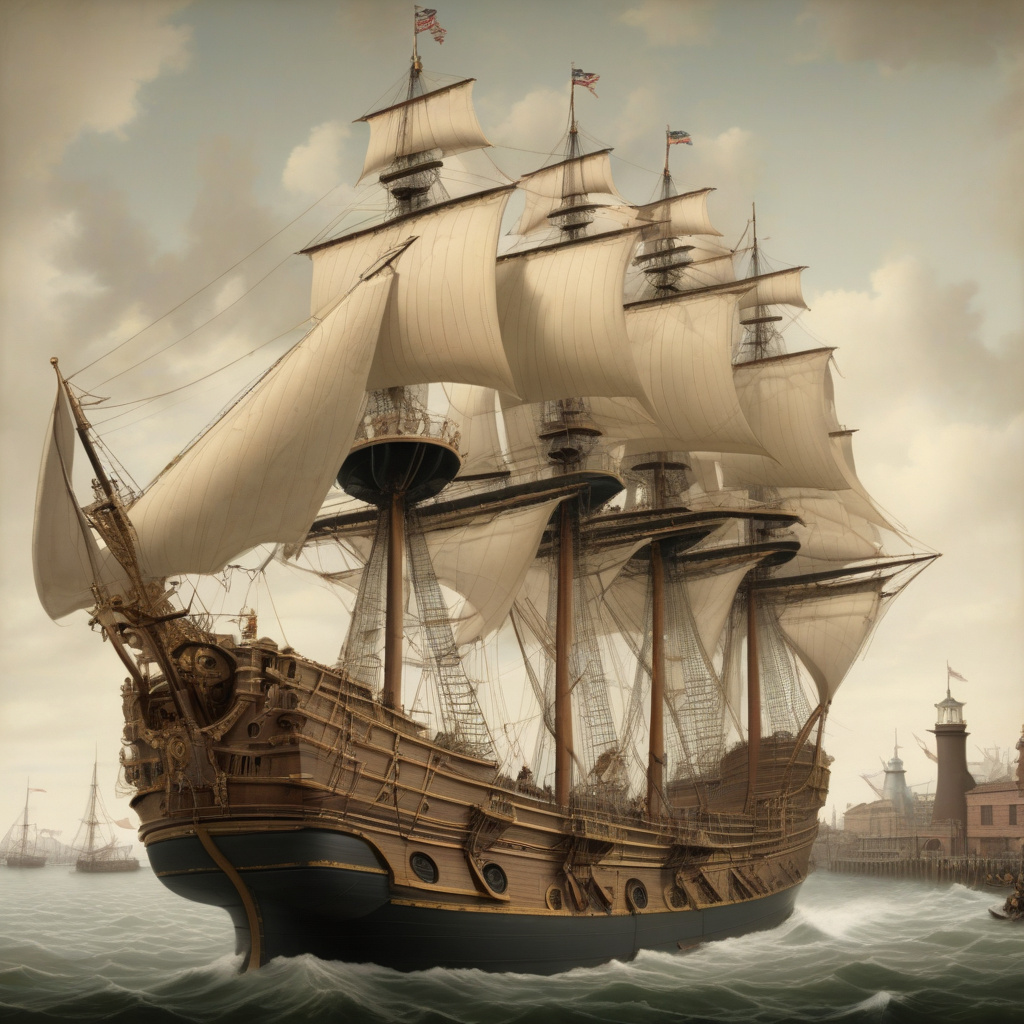When Ships Had Wheels: The Curious Case of the Roller Ships
The late 1800s was a period of intense research and development in many industries, including the maritime sector. During this time, an intriguing innovation emerged that left many scratching their heads – roller ships. Yes, you read that right. Ships with wheels. While it may sound like something out of a steampunk novel, roller ships were a real technological experiment that aimed to revolutionize transportation on water.
The concept behind roller ships was simple yet ambitious. Instead of relying solely on traditional propulsion methods like sails or steam engines, these ships were equipped with large wheels on their sides. The idea was that these wheels would allow the vessels to roll over the water, reducing friction and increasing speed. In theory, this could make maritime travel faster, more efficient, and less dependent on external factors like wind or currents.
One of the most well-known examples of a roller ship was the “SS Great Eastern,” a massive steamship designed by Isambard Kingdom Brunel in the mid-19th century. The ship was equipped with enormous paddle wheels on each side, which were intended to help propel it through the water. While the SS Great Eastern was not a true roller ship in the traditional sense, as it still relied primarily on its steam engines for propulsion, it showcased the growing interest in alternative methods of transportation at the time.
So, what happened to roller ships? Why aren’t we cruising the seas on wheeled vessels today? The answer lies in the practical challenges and limitations of the technology. While the idea of using wheels for propulsion seemed innovative, in reality, it presented a host of issues. For starters, the sheer size and weight of the wheels made maneuvering the ships incredibly difficult. Turning, docking, and navigating tight waterways proved to be major challenges for roller ships, limiting their practicality in real-world scenarios.
Additionally, the wheels themselves were prone to damage from water pressure, debris in the water, and wear and tear. Maintenance and repairs were costly and time-consuming, further diminishing the appeal of roller ships for commercial use. As more reliable and efficient propulsion methods like steam engines and later, diesel engines, became widespread, the novelty of roller ships faded, and the technology was eventually abandoned in favor of more conventional designs.
Despite their brief moment in the spotlight, roller ships remain a fascinating footnote in the history of maritime innovation. While they may not have revolutionized transportation as their creators envisioned, they serve as a reminder of the boundless human imagination and our relentless pursuit of progress. Who knows what other out-of-the-box ideas may be lurking in the annals of history, waiting to be rediscovered and reimagined for a new era of innovation.
In conclusion, the story of roller ships is a testament to the unpredictable nature of technological advancement. While some ideas may seem outlandish or impractical at first glance, they all contribute to the rich tapestry of human ingenuity that drives us forward. Who knows what other unconventional innovations may be on the horizon, waiting to challenge the status quo and change the way we think about the world.
roller ships, maritime innovation, technological advancement, transportation history, unconventional ideas












